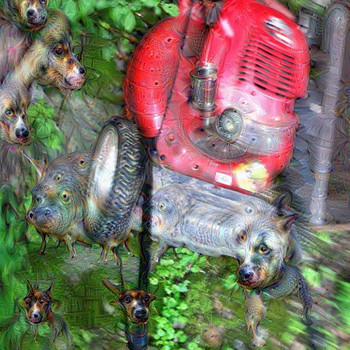How does force differ from impulse?
1 Answer
In many cases we observe changes in the velocity of an object but we don't know how long the force was exerted. Impulse is the integral of force. It is the change in momentum. And it is useful for approximating forces when we don't know exactly how objects interacted in a collision.
Example 1: if you are traveling along the road in a car at 50 km/h at some point in time and you come to a stop later, you don't know how much force was used to bring the car to a halt. If you press the brakes lightly, you will come to a halt over a long period of time. If you press the brakes firmly, you will come to a stop in a very short time.
You can calculate how much the momentum changed. The momentum of a stopped stopped car is zero. And the momentum of a moving car is equal to the mass times the velocity.
This change in momentum is the impulse.
A 1000 kg car at 50 km/h has a momentum given by:
Let's convert that to Newtons for ease of use:
If we want to stop the car in 1 second, the average force will need to be 13880 N. If we have 2 seconds to stop the car, it can be done with half of this force:
Recognize that if you hit a very solid object like a tree or a concrete block, the car has very little time to come to a stop. The forces involved become tremendous. Stopping in 1 second with a uniform force requires 7 meters of stopping distance. That's a very hard stop. Given a stopping distance of just 1 cm, the car will have just 0.07 seconds to come to a halt. The stopping force becomes huge.
The usual motion of a car is easy to observe with an ordinary video camera. A collision between solid objects is not so simple.
Example 2: Consider a baseball pitch that was thrown at 40 m/s is struck by a bat and heads out over the center field wall at 45 m/s. The change in velocity is 85 m/s (remember that it is traveling in the opposite direction after it is hit). Knowing the mass of the ball we can calculate the impulse. But it takes a very high speed camera to determine how long the ball was in contact with the bat. We can calculate the impulse, and with this information make some good approximation of the average and maximum force.


